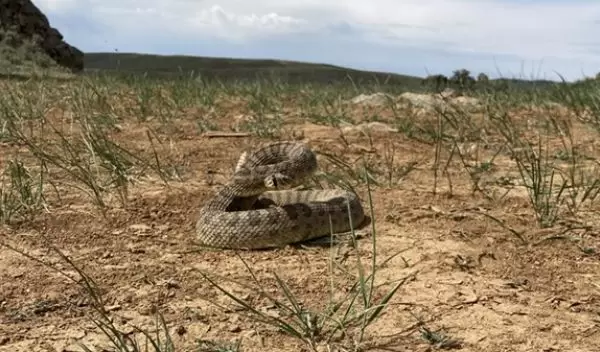
To keep up with evolving prey, rattlesnakes tap genetically diverse venom toolbox
In the evolutionary "arms race" between rattlesnakes and their prey, rodents, birds and other reptiles develop resistance to the snakes' deadly venom to survive. But U.S. National Science Foundation-supported research led by the University of Colorado Boulder and the University of Texas at Arlington sheds light on how snakes manage to keep the upper hand: They maintain a broad and diverse toolkit of genes that encode snake venom, allowing them to adapt as local prey and conditions change.
The findings, published in Nature Ecology and Evolution, help explain how rattlesnakes have kept up with prey species evolving resistance to their venoms over millions of years. This research overturns decades of thought on what factors shape venom gene evolution and venom variation, and sheds new light on why developing effective antivenom treatments for snakebites remains so challenging.
"We found these rattlesnakes had a more diverse venom repertoire, more genetic tools in the toolkit, than their venom composition alone might suggest," said Drew Schield at the University of Colorado Boulder, lead author of the paper.
Snake venom, an evolutionary adaptation, is made up of different enzymes and toxins that enable snakes to capture their prey. For decades, biologists have thought that co-evolution between predator and prey would drive snake venom to become highly specialized: the venom evolving to effectively kill specific prey and unused venom gene genetic diversity disappearing along the way. Known in evolutionary biology as directional selection, this process is like the sharpening of a knife — while the weapon gets more deadly, it loses a bit of itself in the process.
The new study proposes that instead, balancing selection is the mechanism at play, an evolutionary process where multiple versions of a gene — in this case, genes that encode venom proteins — are maintained instead of eliminated. This could be the key to how snakes prevent themselves from going down evolutionary dead ends.
"Our findings help explain decades of seemingly contradictory theory and evidence for what drives the extreme variation observed in snake venoms," said Todd Castoe at The University of Texas at Arlington, a co-author on the study. "It turns out that the arms race between snakes and prey ends up favoring the constant reshuffling of venom variants that are favored, leading to the retention of lots of venom variants over time, some of which are ancient."


